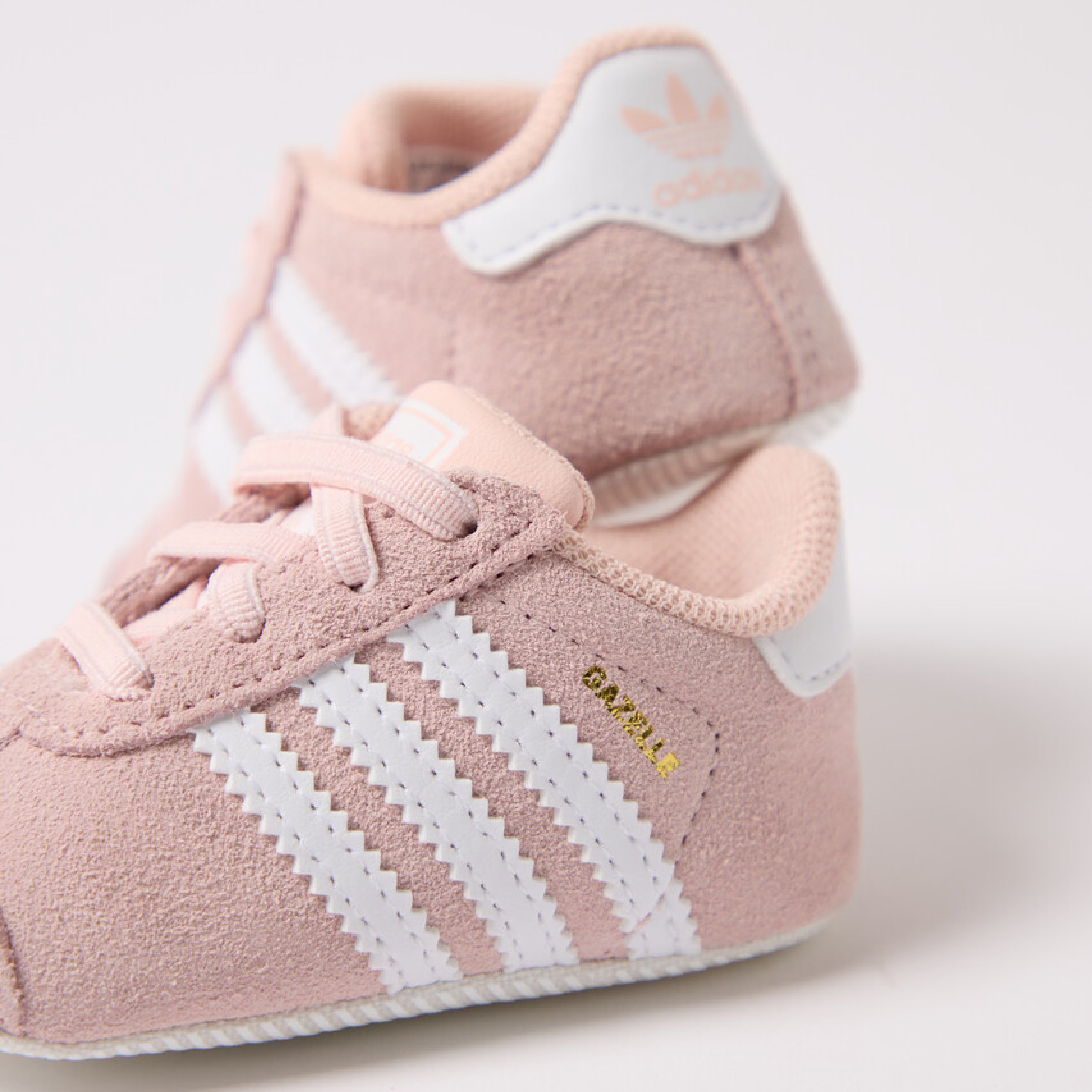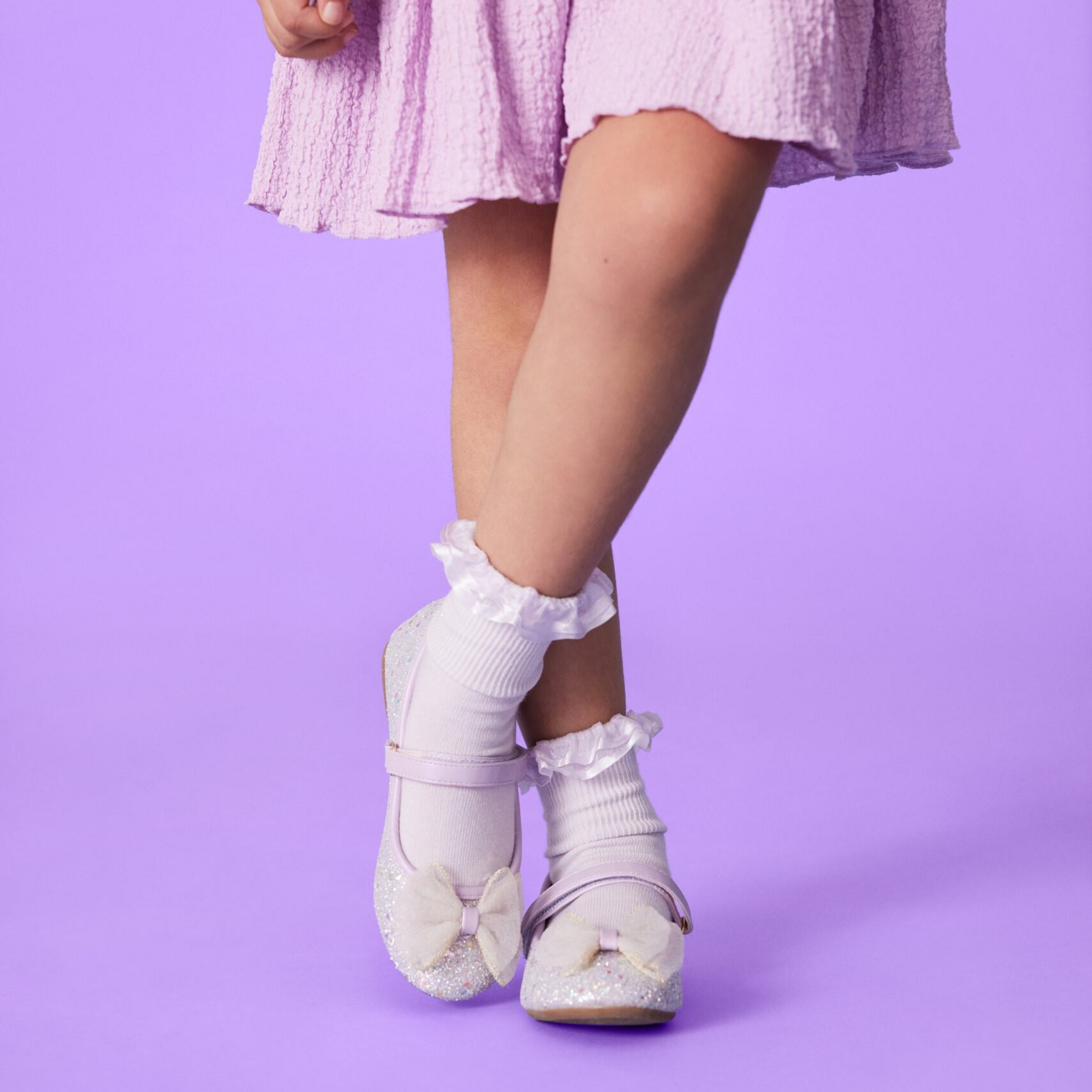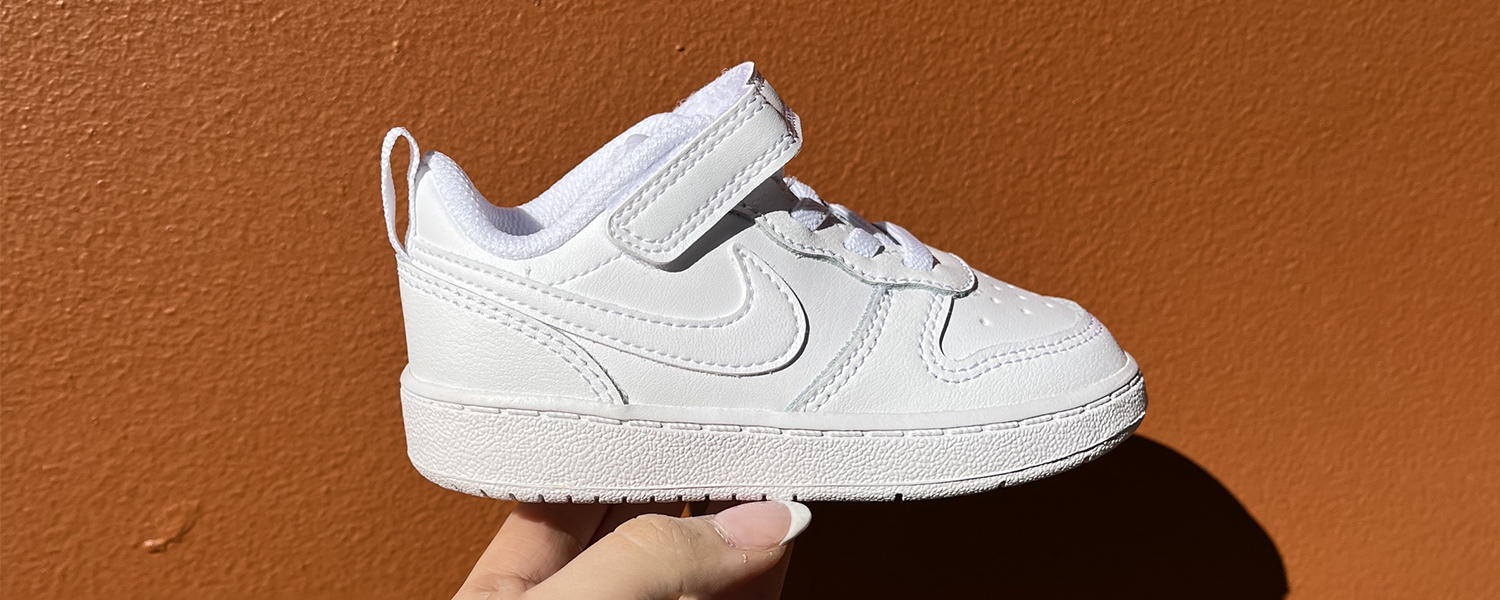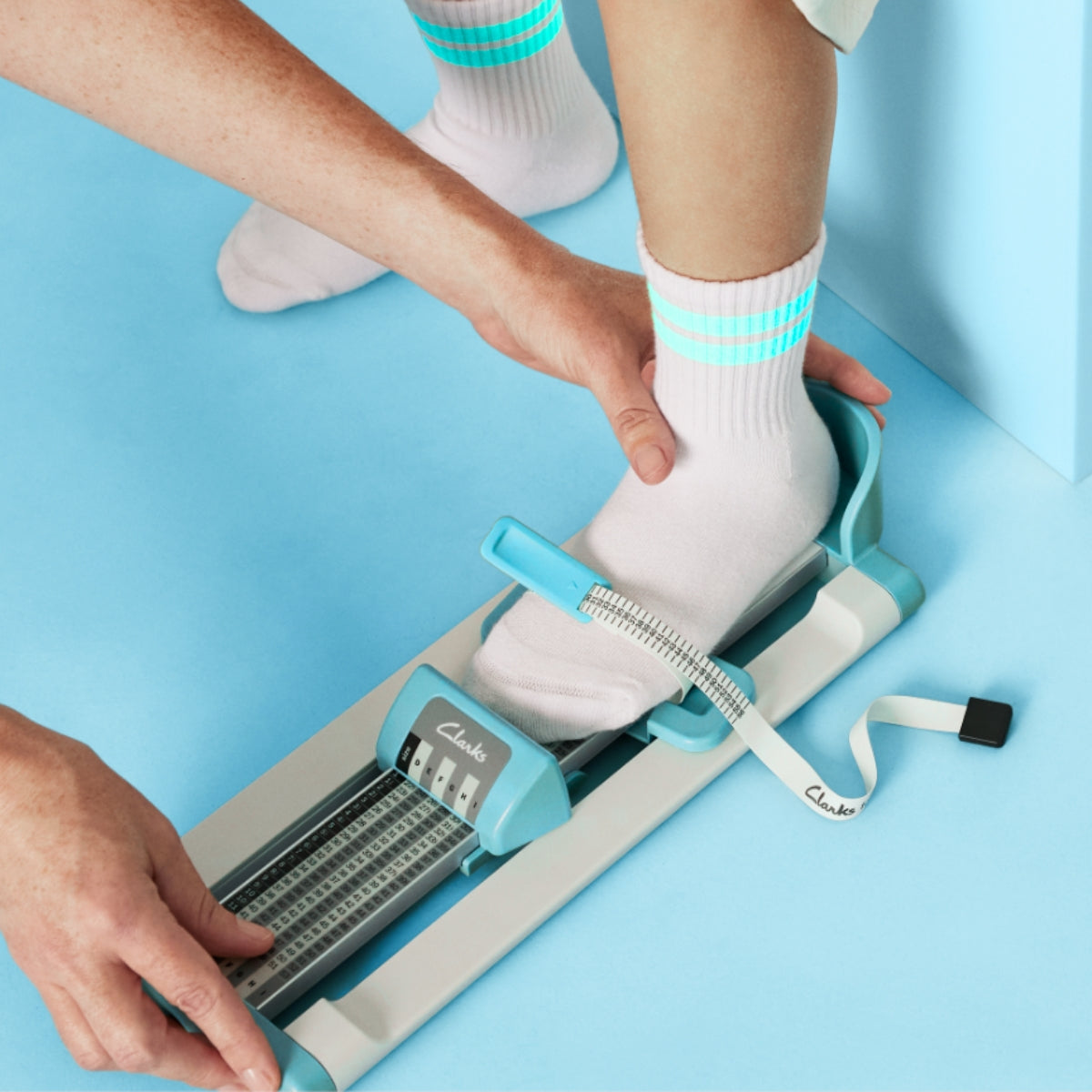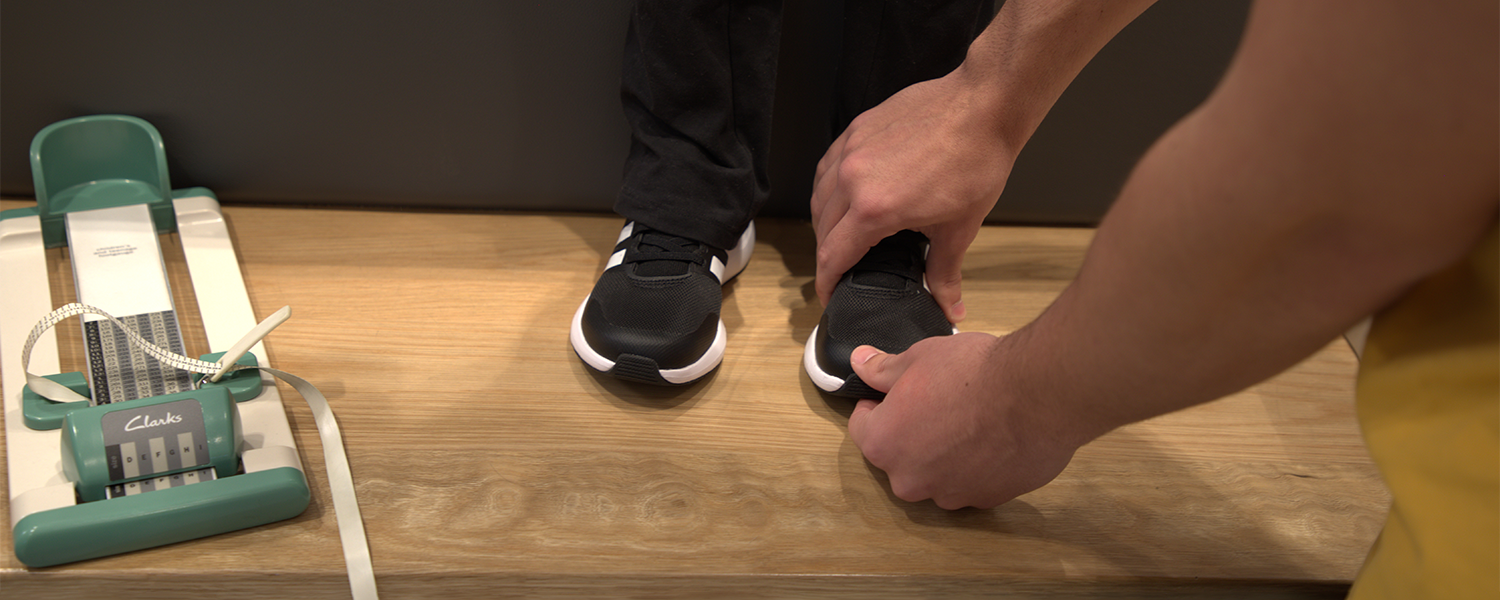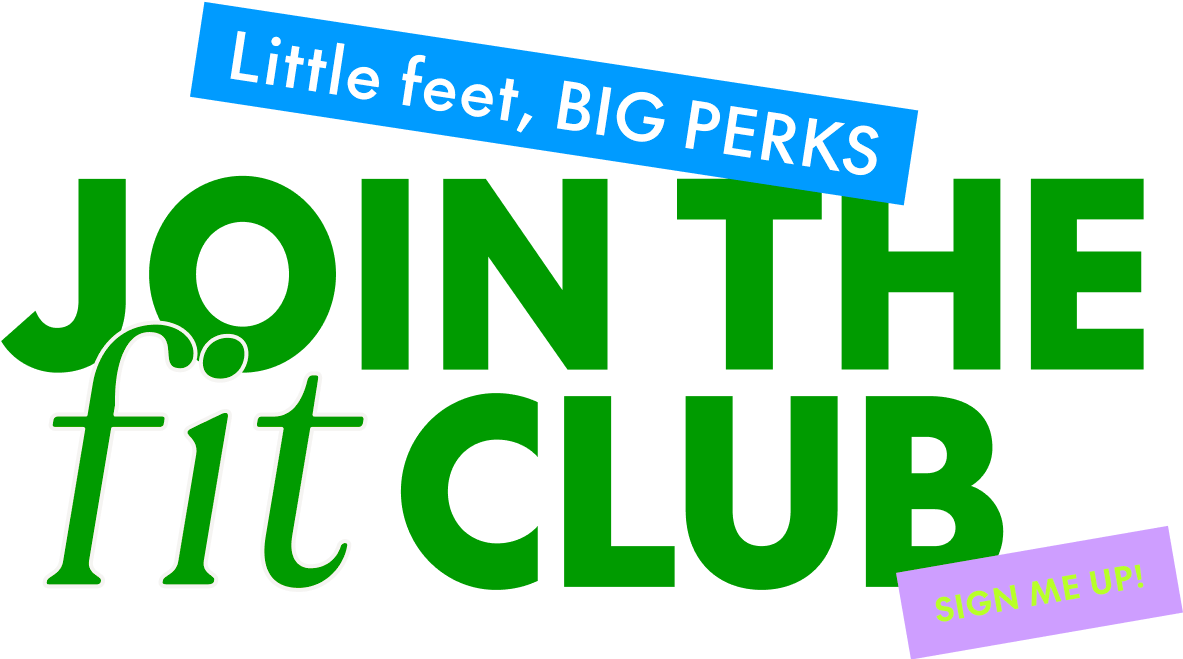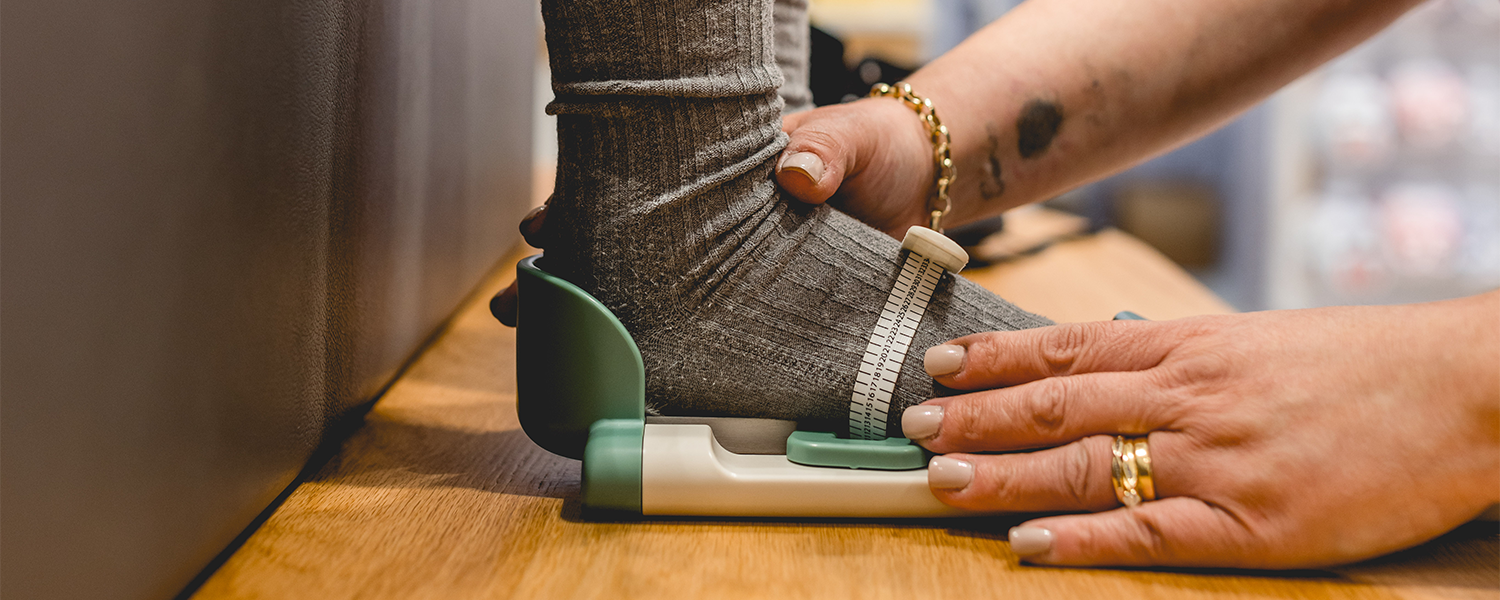
Why the right fit matters
Getting your child in the right fit goes further than just comfort, an incorrectly fitted shoe can have a serious effect on their overall well-being. Learn why we we’ve been passionate about fit for 30+ years.
While bubbas need little more than a super cute soft bootie or socks to keep them warm, the day comes all too soon when your little one starts making their move. As they go from crawling to toddling, to walking with confidence, then running, skipping, hopping and jumping, their feet are also doing a lot of developing under the surface.
What start out as squishy little balls of baby fat and tissue develop quickly into growing bones, then into the more structured foot that resembles adult feet, with the arch developing anywhere from five to ten years of age. And as they grow, properly fitting footwear is a key player in ensuring their optimal growth and development.
The Right Fit Is Key
Poorly fitting shoes can mean more than pain and discomfort (which can lead to irritability and less movement throughout the day in itself – one study found 38 percent of podiatrists believe ill-fitting shores are linked to obesity!)Putting kids into the wrong fitting shoes is a recipe for foot and leg problems. “Aside from each foot having a unique shape and function, children's feet are in constant state of change due to growth and stress from sports and play. This means an incorrect shoe fit can alter the way a child's foot moves and develops,” says podiatrist Joseph Frankel.
The need for correct fitting footwear applies to all shoes types, whether they are for school, sports or formal occasions. And correct fit refers to more than length – width is equally important. In fact, it’s estimated less than 30 percent of children have average width feet; which is why shoes come in such a wide variety, and why a professional fitting should be on your to-do list when it comes to buying new shoes.
Other things to look for? The best footwear features are virtually universal with shoes needing flexibility across the ball of the foot, depth and width to allow toes to wiggle a bit, a firm sole and some sort of fastening like laces or a strap to help anchor them firmly in place so they aren’t left to slide around, Joseph says.
Professional Is Best
Getting an accurate measurement is a good place to start as simply trying on shoes and seeing how they feel doesn't give the whole picture, Joseph says, adding some kids are great at ignoring the pain caused by tight or shallow shoes.So just because they say it feels fine, that doesn't mean it's best for their needs. If you’re looking for a professional fitting for your kids, pop in store and have them fitted by one of our qualified staff. They’re also chock full of great advice about styles, proper support and long-lasting quality shoes.
Read More







